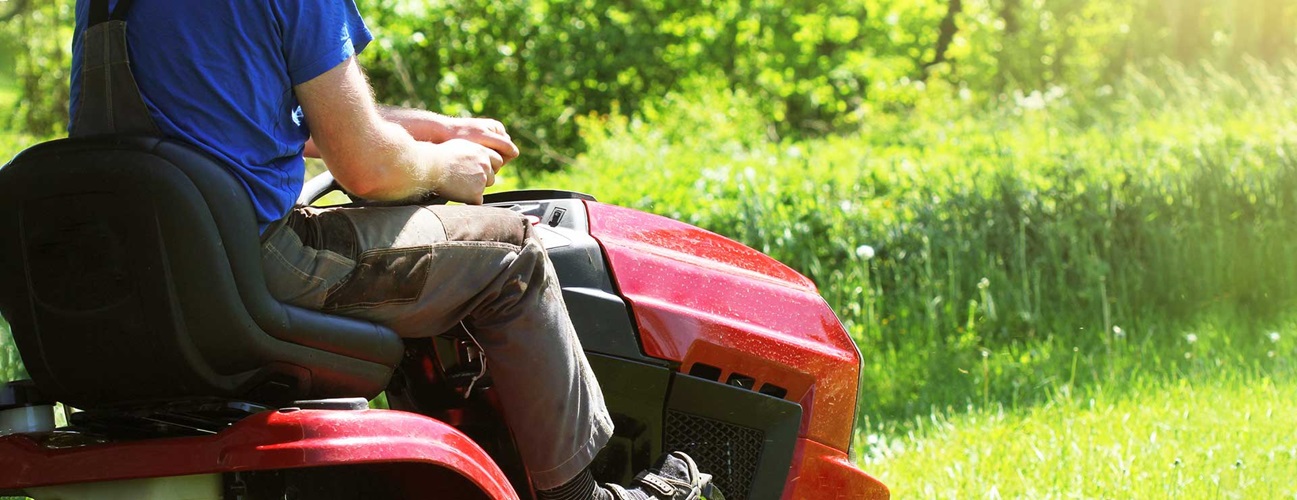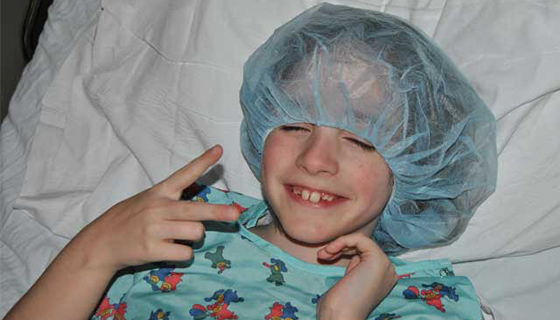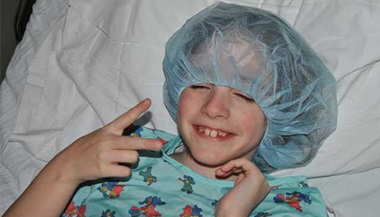Reconstructive Surgery After Lawn Mower Accidents
It’s natural for kids to want to help adults with yardwork and ride with them on the lawn mower. And adults might think the slow, sturdy machines are safe enough to let children ride on them.
But Richard Redett, M.D. , who directs Johns Hopkins’ Department of Plastic and Reconstructive Surgery, says they’re not. “Kids can injure — or even lose — a hand or a foot if they fall off and are run over by a riding mower,” he says.
Foot Amputation and Other Injuries
“We’re seeing amputations, lacerations and fractures, especially in the feet and lower extremities, but also the hands,” Redett says. “Kids get run over when they are riding on the machine and fall off, or an adult steers the mower around an obstacle and accidentally strikes a child.” Redett points out that riding mowers don’t stop as suddenly as push mowers.
He also mentions that in rare cases, a child with long hair can get it caught in the mower, resulting in tears to the scalp.
Treating Lawn Mower Injuries
Injuries caused by a lawn mower should be treated immediately by a professional. For small foot or hand lacerations, a visit to urgent care should be followed up by a visit to the child’s primary care doctor.
For anything more serious, call 911. If a finger, toe, hand or foot has been severed, control bleeding with pressure and elevation, keep the person calm and wrap or cover the injured area with clean cloth or a sterile dressing.
Reconstructive Surgery
Treating more serious lawn mower injuries, involving amputations or exposed bones, requires teamwork. At the emergency room, staff will call in plastic surgeons and orthopaedic surgeons to help manage the injury and prepare for reconstruction and rehabilitation.
For lawnmower injuries and other traumatic injuries to feet and hands, Redett and his team of plastic surgeons work closely with the emergency team and Johns Hopkins experts in orthopaedics to reconstruct, or rebuild, the damaged part.
“An amputated hand or foot needs to be reattached as soon as possible,” Redett says. He explains that the intricate procedure for reattaching a cleanly amputated foot, toe, finger or hand involves thoroughly cleaning the wound in the operating room, then hours of microsurgery — lining up bone, tendons and small vessels to ensure blood flow is restored to the reattached part.
Sometimes, an amputated part is too damaged by the mower to be reattached. In this case, the plastic and reconstructive and orthopaedic surgeons may have to wash out the stump area over several days to ensure it is clean. Then the team closes the stump with skin and muscle from a nearby area or transplanted from the back, abdomen or thigh. Typically, patients are transferred to a center for rehabilitation before being fitted with a prosthetic.
Reconstructive Plastic Surgery Overview

Reconstructive plastic surgery is done to correct facial and body abnormalities caused by birth defects, injury, disease, or aging. Usually, the goal of reconstructive plastic surgery is to improve body function. However, reconstructive plastic surgery may also be done to create a more normal appearance and improve self-esteem.
Lawn Mower Safety
Redett admits that letting kids ride on the lawn mower may seem like harmless fun. But, he says, they can get hurt. “The adult operating the mower can hit a root, or not see a child who’s behind a tree.”
With that in mind, Redett says that when yardwork is going on, kids under 12 should be elsewhere. “At age 12, most children can operate a push mower responsibly. But riding on a lawn mower should be reserved for those age 16 and up. Even a child sitting on an adult’s lap can fall and be injured,” he notes.
In addition, Redett recommends removing rocks, toys and debris from the yard, since these can become dangerous projectiles when struck and propelled by lawn care machines.
“These are serious, but preventable injuries,” he says.






